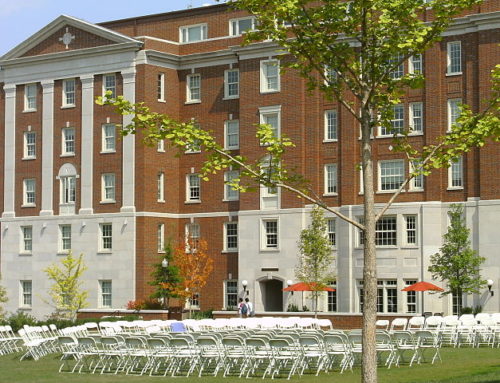Introduction
I received a BA from the University of Texas (Austin), a MA from the University of Michigan (Ann Arbor), and an MBA from the University of Michigan (Ann Arbor). My tuition at the University of Texas was $50 per semester and the University of Michigan was less than $1,000. Today, in-state tuition at the University of Texas is $11,752 and out-of-state tuition is $40,996. Today’s cost of education at the University of Texas would have precluded my attendance.
I agree with Sandy Baum, a senior fellow at the Urban Institute who has spent much of her career studying trends in college costs. “Increases in college tuition at public colleges have really been unacceptable.” Tuition for public colleges more than quadrupled between 1980 and 2015. By contrast wages have increased by just 67% since the 1970s.
According to the New York Times, “salaries of full-time faculty members are, on average, barely higher than they were in 1970. Moreover, while 45 years ago 78 percent of college and university professors were full time, today half of postsecondary faculty members are lower-paid part-time employees, meaning that the average salaries of the people who do the teaching in American higher education are actually quite a bit lower than they were in 1970.”
Main
The Wall Street Journal highlighted that the nation’s best known public universities have been on an unfettered spending spree. Over the past two decades, they erected new skylines comprising snazzy academic buildings and dorms. They poured money into big-time sports programs and hired layers of administrators. Colleges have faced little accountability over their budgets in part because they are not required to track expenses in a uniform way.
The exorbitant costs are passed along to students. Tuition and fee revenue per student climbed by double digits in the past 20 years at every school in the Journal’s analysis. The average student paid more because many schools both upped prices and increased the percentage of higher-paying students from out of state. At the median flagship university (typically the oldest public school in each state) spending rose 38% between 2002 and 2022. Tuition rose 64% over the last 20 years, far outpacing the growth in most big household expenses.
WSJ pointed out that the University of Kentucky has spent $805,000 a day for more than a decade. Pennsylvania State spent so much money that it now has a budget crisis. Over the past 20 years, the University of Oklahoma, per-student tuition and fees rose 186%, the most of any flagship.
The spending is inextricably tied to the nation’s $1.6 trillion federal student debt crisis. Colleges have paid for their sprees in part by raising tuition prices, leaving many students with few options but to take on more debt. That means student loans served as easy financing for university projects.
“Students do not have the resources right now to continue to foot the bill for all of the things that the university wants to do,” said Crispin South, a 2023 Oklahoma graduate. “You can’t just continue to raise revenue by turning to students.”
Seventy-five percent of states cut their support for public universities. However, universities raised prices far beyond what was needed to compensate for lost state contributions. For every $1 lost in state support, the median school increased tuition and fee revenue by nearly $2.40.
Through it all, schools operated in a culture that valued unrelenting growth and prioritized raising revenue over cutting costs. Many university officials struggled to understand their own budgets and simply increased spending every year. Trustees demanded little accountability and often rubber-stamped what came before them. Schools inconsistently disclosed what they spend, making it nearly impossible for the public to review how their tuition and tax dollars are being used.
Kentucky has among the country’s lowest median household income. Kentucky on its website touts the total of $3.66 billion spent on its Lexington campus overhaul over the past dozen years. That included new homes for the law, business and visual-arts schools, state-of-the-art hospital facilities, a student center, a 900-spot parking garage, a theater for videogame competitions and dorms sporting full-size Tempur-Pedic mattresses, granite countertops and in-unit washer-dryers.
Research by James V. Koch, an economist who studies college spending and a former president at Old Dominion University in Virginia, found that public-university trustees approved 98% of the cost-increasing proposals they reviewed, often unanimously. In most states, he said, there hasn’t been anyone to say, “No, you can’t do that.”




